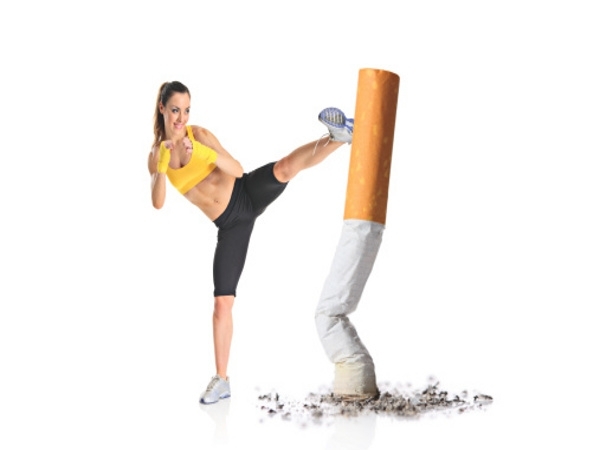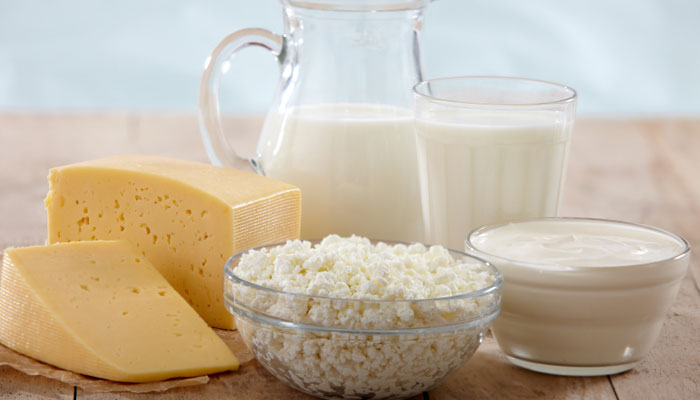 In my fitness carrier so far, I have met many people with all kinds of obsessions. Take my closest friend for example – he’s a fitness and gym enthusiast who wants to develop muscles and also lose fat. However, he had a major misconception: he believed that smoking cigarettes would help him loses fat and that losing fat would automatically lead to muscle gain.
In my fitness carrier so far, I have met many people with all kinds of obsessions. Take my closest friend for example – he’s a fitness and gym enthusiast who wants to develop muscles and also lose fat. However, he had a major misconception: he believed that smoking cigarettes would help him loses fat and that losing fat would automatically lead to muscle gain.
When he approached me to discuss this, I began to wonder—if fat loss were so simple, why would people go through various diets and workouts? Could they simply light a cigarette and shed pounds within weeks? Unfortunately, this is not true.
Some people smoke to appear “cool,” while others believe it will relieve stress and boost happiness. The reality is that none of this happens, and smoking only harms the lungs.
If you’re a smoker, it’s not just your lungs that are at risk; smoking also impacts your strength training. It can make you lethargic. A smoker’s heart beats, on average, 30% faster than that of a non-smoker, which significantly affects exercise outcomes. Since a smoker’s heart works harder to achieve adequate circulation, they expend more energy during workouts.
This increase in heart rate, along with elevated blood pressure, reduces blood flow and hampers the smoker’s performance during the same exercise routine as a non-smoker. If the exercise routine aims at muscle building, a smoker’s reduced performance will yield less muscle compared to a healthy non-smoker.
Testosterone is also vital for muscle building, but smoking may damage the cells within the body that produce testosterone. Low testosterone levels can significantly impact muscle development, endurance, and workout intensity. This may force you to cut down on the workouts needed to make progress in muscle building.
If you’re considering quitting smoking, the health benefits are numerous—from improved muscle development and endurance to better overall fitness. However, if you choose to continue, be aware that the negative effects will likely become apparent sooner rather than later.
Quitting smoking can lead to significant improvements in fitness, endurance, and health. Let us know in the comments if this article helped you! For more insights on fitness and lifestyle, explore Healthy Reads, or for further information or guidance, reach out to our certified experts by subscribing to GOQii’s Personalised Health Coaching here.
#BeTheForce


 Did you know you can build muscles even while sleeping? The three aspects of the muscle building pyramid are nutrition, training and rest. Most of us pay close attention to the first two factors but frequently ignore the third and suffer the consequences. Sleep isn’t a luxury for the human body, it’s a genuine necessity. Extended periods of sleep deprivation can lead to amnesia, delusions and hallucinations. Shorter stretches cause forgetfulness, bad moods and irritability.
Did you know you can build muscles even while sleeping? The three aspects of the muscle building pyramid are nutrition, training and rest. Most of us pay close attention to the first two factors but frequently ignore the third and suffer the consequences. Sleep isn’t a luxury for the human body, it’s a genuine necessity. Extended periods of sleep deprivation can lead to amnesia, delusions and hallucinations. Shorter stretches cause forgetfulness, bad moods and irritability.


